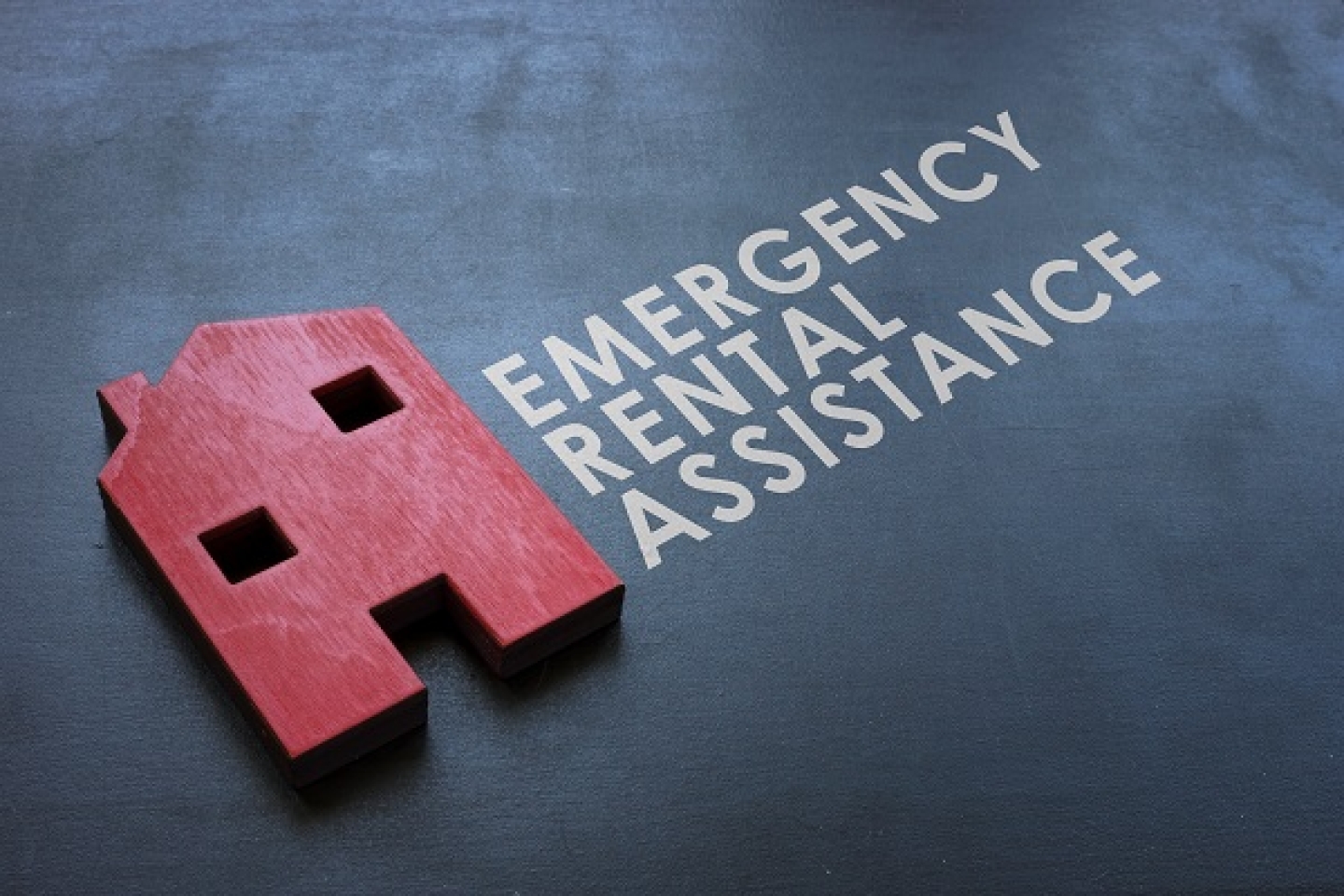Treasury Issues 7 New Policies (and a Warning) to Expedite Emergency Rental Assistance
The Treasury Department said there's been “steady improvement” — particularly among state and local governments that have adopted its guidance — in the delivery of emergency rental assistance (ERA). Still, it warned, ” many grantees need to do more to urgently accelerate efforts to prevent harmful evictions of vulnerable families.” If they don't, they risk losing their funding.
The day after this message, the Supreme Court struck down the limited federal eviction moratorium , placing millions of renters at risk of losing their homes.
The Consolidated Appropriations Act of 2021 provided $25 billion for emergency rental assistance (ERA1), and the American Rescue Plan provided $21 billion for ERA2. Roughly 80% of ERA1 remains to be spent. To help state and local governments deliver ERA faster, the Treasury Department announced seven more policy recommendations and clarifications , based on feedback from site-visits and meetings with ERA administrators, tenant advocates, landlords, and other stakeholders:
- Self-attestation can be used in documenting each aspect of a household’s eligibility for ERA, including with respect to: a) financial hardship, b) the risk of homelessness or housing instability, and c) income.
- During the public health emergency, state and local ERA programs may rely on self-attestation alone to document household income eligibility when documentation is not available.
- State and local grantees may advance assistance to landlords and utility providers based on estimated eligible arears.
- State and local grantees may enter into partnership with nonprofits to deliver advance assistance to households at risk of eviction while their applications are still being processed.
- Grantees may make additional rent payments to landlords that take on tenants facing major barriers to securing a lease, including those who have been evicted or experienced homelessness in the past year.
- Past arrears at previous addresses may be covered.
- A tenant’s costs associated with obtaining a hearing or appealing an order of eviction may be covered with ERA funds as an eligible “other expense.”
In addition to the new guidance, the department issued a warning for state and local governments: “Too many grantees have yet to demonstrate sufficient progress in getting assistance to struggling tenants and landlords. After September, programs that are unwilling or unable to deliver assistance quickly will be at risk of having their rental assistance funding reallocated to effective programs in other high-need areas.”
“Treasury recognizes that early on, many state and local governments faced a difficult task in building the assistance infrastructure needed to get ERA funds quickly to eligible households from scratch. However, July data shows many have done this successfully and several communities have reported fully spending their ERA 1 resources , demonstrating that there are effective pathways to getting relief quickly to those who need it,” the department stated in a press release.
Here are key findings from Treasury's July data:
- 70 state and local agencies spent more than half of their ERA1 funds by the end of July;
- In July alone, more than 340,000 households received ERA, which represents a roughly 15% increase from June;
- More than $5.1 billion out of the $25 billion allocated under ERA1 has been spent; and
- About 1 million ERA payments have gone to households at risk of eviction.
Also this week, Deputy Treasury Secretary Wally Adeyemo sent a letter to all ERA grantees encouraging them to institute additional eviction protections and reminding them that their funds could be revoked as early as next month.
Want more news like this? Join our mailing list.
Photo: Shutterstock



